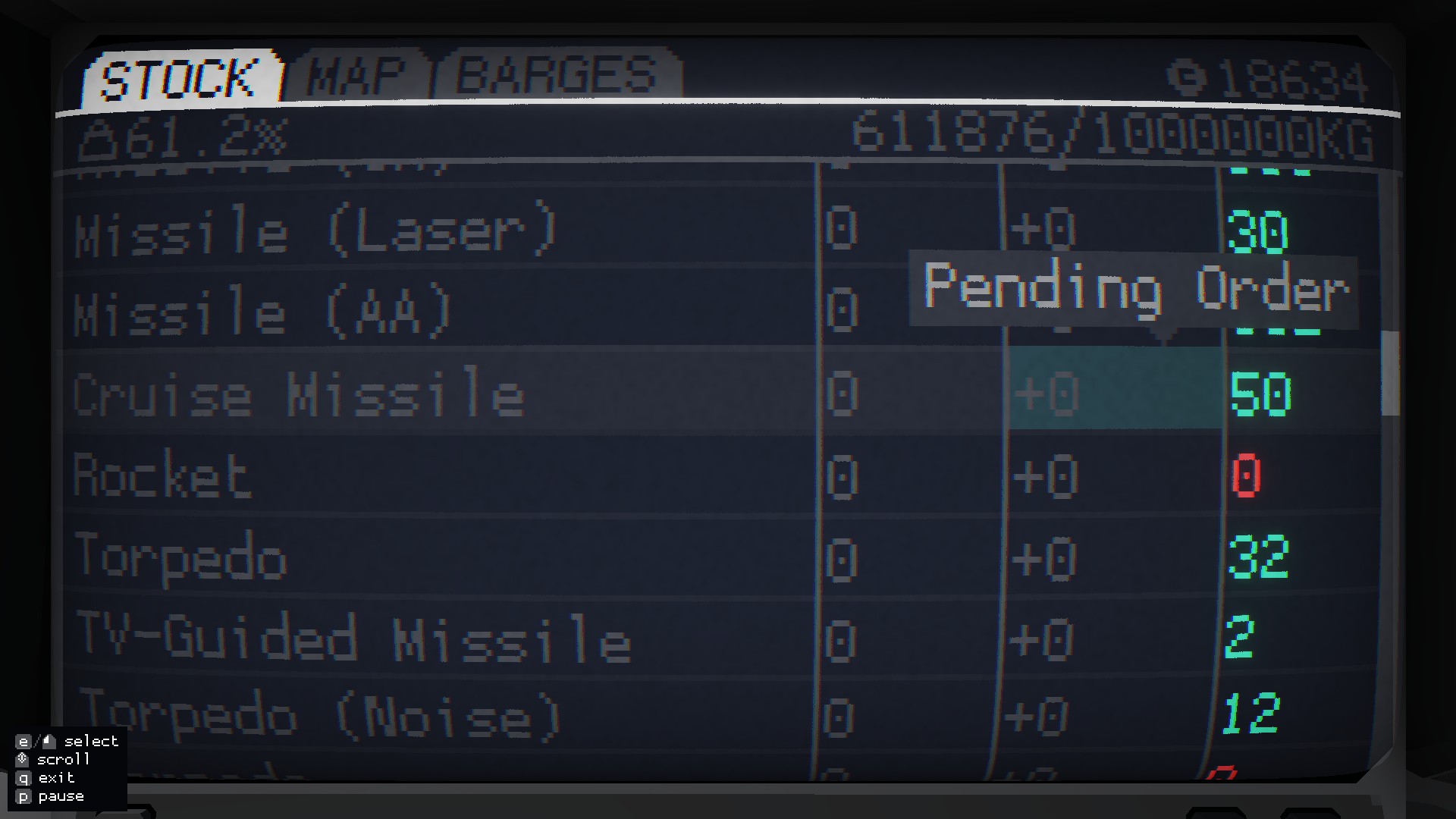
Technical details on the joystick are available in the Joystick Interfaces section. The joystick interface itself was largely a success, with many games including support for the 'Sinclair' joystick types. It met these goals very well, but was not particularly popular. Intended to be a multi-purpose addition to the ZX Spectrum, the ZX Interface II provided two Joystick ports, and a ROM cartridge socket that allowed games to be loaded instantly. The command CAT #0, 7 will put the value 0 in address 23768, as will some OPEN and MOVE commands.
#CARRIER COMMAND 2 JOYSTICK MANUAL#
Note: The original user manual differs slightly from this entry, specifying a range of 1-15. N1 23782 HD_00 Start of workspace for SAVE, LOAD, VERIFY andġ 23791 COPIES Number of copies made by SAVE

N2 23772 D_STR2 Second 8 byte file specifier N1 23768 S_STR1 Stream number 0-15 *See note. N2 23766 D_STR1 Start of 8 byte file specifier X2 23760 NTNUMB Network block number 0-65535

N2 23755 CHADD_ Temporary store for CH_ADDġ 23757 NTRESP Store for network response codeġ 23758 NTDEST Beginning of network buffer contains N2 23753 SECTOR 2 byte workspace used by Microdrive N2 23751 SER_FL 2 byte workspace used by RS232 X2 23735 VECTOR Address used to extend the BASIC interpreterĢ 23747 BAUD Two byte number determining the baud rateġ 23749 NTSTAT Own network station numberġ 23750 IOBORD Border colour used during I/O. The following system variables are used inĪddition to those specified for the standard machine: Sinclair BASIC includesĬommands to access the features of the ZX Interface I and the ZX Microdrive. Networking facilities that allow up to 255 machines to directly communicate with each other. The ZX Interface I allows up to 8 ZX Microdrives to be connected to a single ZX Spectrum, features an RS-232 port, and provides More complex, and is discussed in more detail.

The ZX Interface II is the simpler, being essentially a Joystick interface and ROM cartridge slot. Sinclair Research produced 2 official interfaces for use with the ZX Spectrum, both of which are documented below. Brief details of virtually everyĮxpansion developed for the original ZX Spectrum are available from the Listed are supported by several modern emulators. Some of the most popular peripherals produced for the ZX Spectrum are introduced in the sections below.


 0 kommentar(er)
0 kommentar(er)
